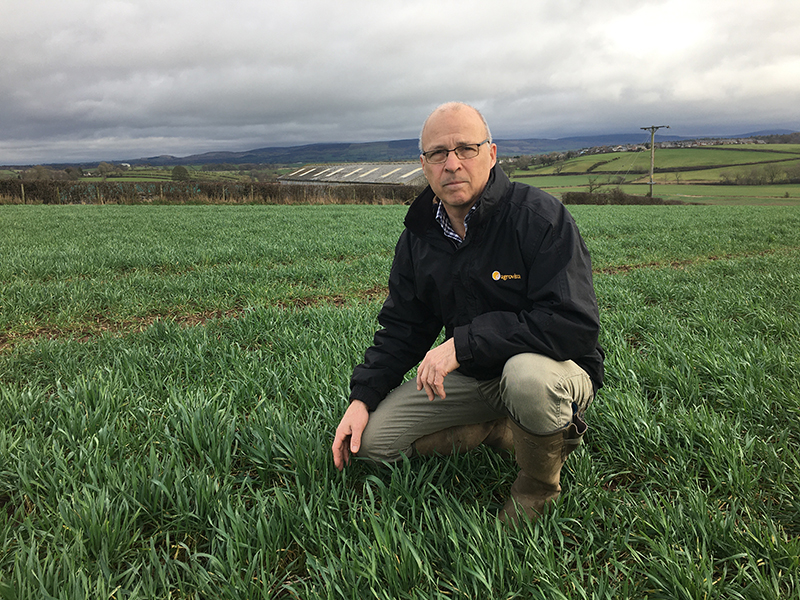Content originally published in the Farmers Guardian
Lack of rain continues to be a major talking point, with just 3mm falling in the past month and a mere 80mm so far this year.
We did experience two degrees of frost at the start of last week. The few maize crops with exposed leaves might have been nipped, but in the main we got away with it. But this does highlight the need to avoid planting too early, even when tempted by decent ground conditions and a bit of sunshine.
Maize under film has had sufficient soil moisture and plenty of light; earlier-sown crops have up to four leaves and are breaking through. Unprotected crops are emerging pretty well.
It will be interesting to see how quickly film starts degrading. In the last really sunny spring of 2020 this happened within six weeks, which is early. Hopefully it won’t coincide with a cold snap and an unwelcome growth check.
Dry soils are restricting the effectiveness of maize pre-emergence herbicides, so there may be more reliance on post-emergence applications than normal, particularly in protected crops. Let's hope we get some rain in the meantime.

A few people starting silaging before the end of April, but the pace really picked up in the first week of May. The early spring has produced some good grass yields, although lighter-land crops have been going backwards. But quality generally should be very good.
Aftermaths do need rain and grazing swards, which have been keeping ahead of cows so far, will soon start to disappear. What effect this will have on current high milk volumes remains to be seen.
We've been applying herbicides to spring barley. Earliest-drilled crops sown into moisture are already approaching GS31, but anything drilled over the past month will be suffering. Some farmers who outwinter sheep or cattle on light land only finished sowing at the start of May, but given some timely rain those crops may well still do well.
Most winter cereals have enough reserves to cope with the dry for now, although a further week or two without significant rain could change that. Humble pie time – last month I stated that yellow rust is not a major issue on wheat in the north west, the main reason we don’t use a T0 fungicide.
However, we noticed foci in several fields as T1 approached. Infection doesn’t seem to be variety-specific, so we included tebuconazole in some applications, which has worked well.
T2s have now begun in wheat and are completed in winter barleys, which look clean.
Simon Nelson advises farmers on a wide range of arable and forage crops across Cumbria, north Lancashire and into south-west Scotland.

